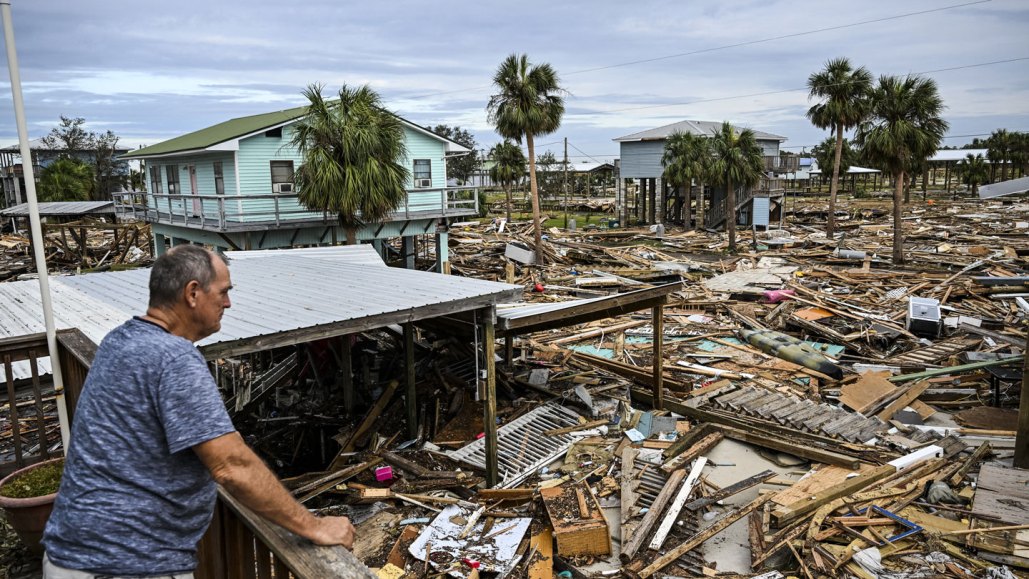Up to 11,000 Deaths Predicted in the Aftermath of a Hurricane

Hurricane Helene may have already hammered the Southeast, but its lethal aftermath could last a decade or more.
Tropical cyclones, which include hurricanes like Helene and other whirling storms, boost local death rates for up to 15 years after whipping along U.S. coastlines, scientists report October 2 in Nature. Each storm may indirectly cause between 7,000 and 11,000 deaths, estimate University of California, Berkeley environmental economist Rachel Young and Stanford University economist Solomon Hsiang.
That’s a Mount Everest of an estimate compared to the official number of deaths — 24 — that the National Oceanic and Atmospheric Administration attributes to the average storm in the team’s analysis. The results suggest that “hurricanes and tropical storms are a much greater public health concern than anyone previously thought,” Young says.
Help us improve by taking our 15-question reader survey.
Using a statistical model, she and Hsiang analyzed the impact of all 501 tropical cyclones that hit the contiguous United States from 1930 to 2015. They measured changes in mortality for up to 20 years after each of these storms. Their analysis suggests that an individual hurricane may indirectly lead to thousands of lives lost. And taken together, the storms could have spurred as many as 5 percent of all deaths over that time period. Infants were particularly vulnerable, as were Black populations, the team found.
Young and Hsiang don’t know all the ways hurricanes may contribute to mortality, but they have some ideas. It’s possible the stress of a surviving such a storm, or the pollution left in the wake of destruction, harms people’s health (SN: 10/1/24). Or maybe local governments have less money to spend on healthcare after rebuilding ravaged infrastructure. It could be some combination of these and other factors, Young says. She’s interested in digging into what’s going on.
In the meantime, Young thinks her team’s work highlights the need for new disaster response policies — ones that account for hurricanes’ impact long term. “We really pull together after these disasters to help people immediately in the aftermath,” she says. But “we need to be thinking about these folks long after those initial responses are over.”




